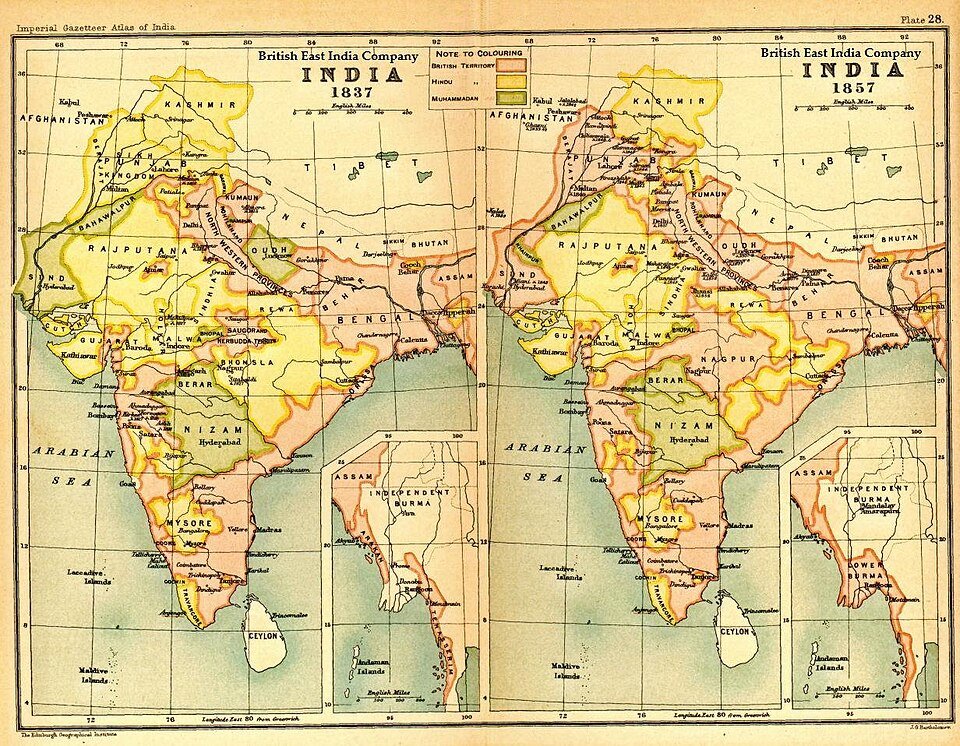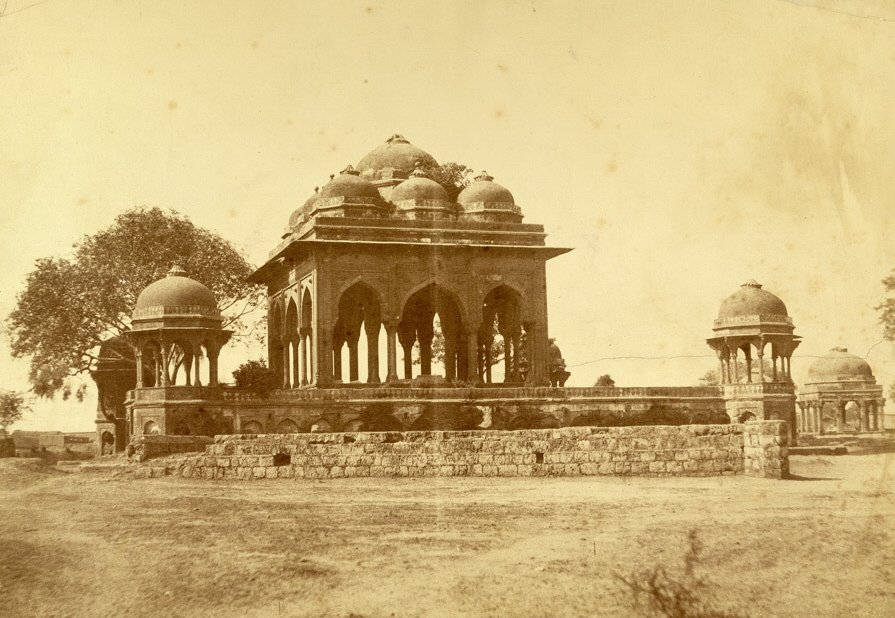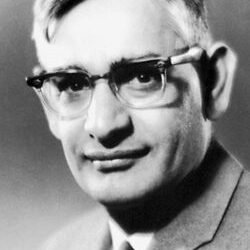Introduction
The Indian Rebellion of 1857, also known as the Sepoy Mutiny, the First War of Independence, or the Great Revolt, was a significant armed uprising against the British East India Company’s rule in India. Beginning on May 10, 1857, in Meerut, it quickly spread across northern and central India, involving soldiers, peasants, princes, and civilians alike. Though eventually suppressed by the British, the rebellion highlighted deep-seated political, economic, social, and religious tensions under colonial rule and marked a turning point in Indian history, eventually resulting in the dissolution of Company rule and the establishment of direct British Crown governance.

Political Causes and Context
The political causes behind the rebellion lay in the gradual erosion of Mughal authority and the aggressive territorial expansion of the British East India Company. The Company’s policies, including the Doctrine of Lapse and Subsidiary Alliances, undermined the sovereignty of Indian princes and rulers, creating widespread resentment. Many Indian rulers feared that their autonomy and privileges would be lost, fueling suspicion and antagonism toward the British administration.
The annexation of territories, interference in internal affairs, and disrespect towards established ruling families intensified discontent among the nobility and aristocracy, many of whom lent their support to the rebellion.
Economic Exploitation and Grievances
Economically, British policies drained India’s resources to benefit Britain’s industrial economy. Land revenue systems burdened peasants and landlords alike, often causing indebtedness and famine. British trade policies devastated indigenous industries, especially textiles and handicrafts, by flooding the market with cheap, machine-made imports while imposing high tariffs on Indian goods.
This economic disruption led to widespread unemployment and poverty among artisans, farmers, and merchants, deepening the social unrest that fueled the rebellion.
Social and Religious Factors
Religious and social grievances also played a critical role. British indifference or hostility towards Indian religions and customs, growing missionary activities, and laws viewed as attacks on traditional social structures led to widespread fear and resentment. Notably, the introduction of the Enfield rifle, with cartridges rumored to be greased with cow and pig fat, outraged Hindu and Muslim soldiers, provoking the initial spark of the mutiny.
Racial discrimination and limited opportunities for Indians in the colonial administration further alienated large segments of society, especially educated middle classes and sepoys themselves.
Course of the Rebellion
Starting as a mutiny among sepoys in Meerut, the revolt rapidly spread to Delhi, where the Mughal emperor Bahadur Shah Zafar was declared the symbolic leader. Key centers of rebellion emerged in Kanpur, Lucknow, Jhansi, and Bihar. Prominent figures like Rani Laxmi Bai of Jhansi, Nana Sahib of Kanpur, and Begum Hazrat Mahal of Awadh spearheaded resistance.
Though initially successful, the rebels lacked unified leadership and coordination. British forces regrouped and methodically retook territories by 1858 through military superiority, strategic alliances, and brutal suppression. The rebellion saw widespread violence on both sides, including massacres and atrocities against civilians.
Aftermath and Impact
The rebellion’s failure led to sweeping changes. The British government abolished the East India Company in 1858, taking direct control over India under the Government of India Act 1858. Queen Victoria’s Proclamation promised respect for Indian traditions and rights, attempting to stabilize colonial rule.
However, the uprising planted the seeds of Indian nationalism by unifying diverse groups in a shared cause against colonial rule. It exposed British administrative vulnerabilities and forced reevaluation of colonial policies, making the Indian Rebellion of 1857 a crucial milestone on India’s path to independence.

Conclusion
The Indian Rebellion of 1857 was a complex uprising fueled by political dispossession, economic exploitation, and cultural tensions. Though it did not immediately end British rule, it marked the beginning of a national consciousness and paved the way for future freedom struggles. The rebellion remains emblematic of India’s resistance against colonial subjugation and its enduring quest for sovereignty.




